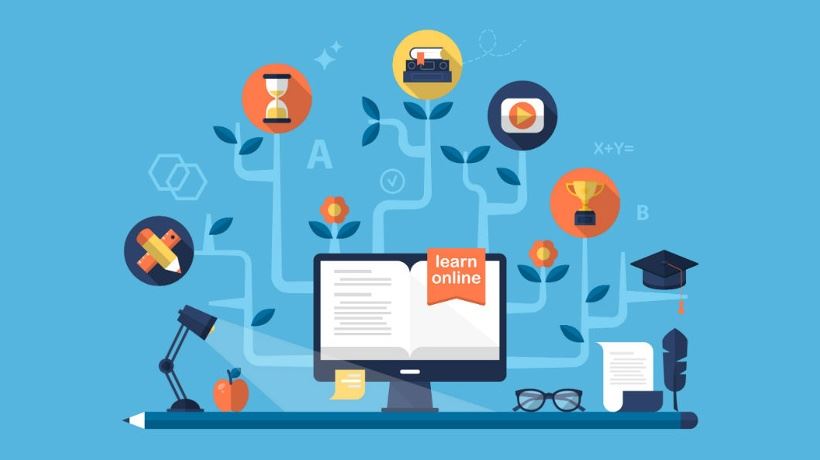In recent years, the Philippines has emerged as a hub for digital resources, aided by technological progress, improved connectivity, and a young, tech-savvy population. Spanning various sectors—from entertainment to education—the country’s digital transformation is truly multifaceted and transformative.

Retail is also going increasingly digital: eCommerce platforms are booming. Sites like Lazada and Shopee have transformed the retail landscape, providing Filipinos with a convenient, safe shopping experience at their fingertips, where they can buy directly from one another. Traditional online shopping sites like ShopSM are also proving popular; allowing shoppers to buy almost anything they might need in one place.
But it’s not just business-to-consumer and consumer-to-consumer platforms that are taking off: The consumer-to-business market (like freelancers offering their services to businesses) is also booming. The total revenue from the eCommerce sector is expected to reach $29.5 billion by 2027 in the Philippines, and there are already over 93,000 online retailers operating within the country.
Fans of the sports and gambling industries have enjoyed a growing number of online resources available, too. For example, a list of recommendations from basketballinsiders.com shows how many online casinos are now available within the Philippines. The revenue from online casinos almost doubled between 2020-2023 here, and it’s clear to see why when looking at how many different games are now on offer. These online casinos offer a wide range of games such as blackjack, roulette, poker, and slot machines, providing endless entertainment options for an increasingly tech-savvy population.
The Philippine government has also embraced this digital shift. The Department of Information and Communications Technology (DICT) has launched numerous initiatives to promote digital literacy and inclusion. The Free Wi-Fi for All program, for instance, aims to provide free internet access in public places across the country.
Digitalization of government services in the Philippines has opened new avenues for citizens, increasing the efficiency and convenience of accessing essential services. A major development in this domain has been the establishment of PhilSys, the national ID system. This digital ID system streamers the process of verification and reduces the need for multiple identification documents. By linking biometric data to a unique identification number, PhilSys ensures secure and reliable identification, thus enhancing citizens’ access to public and financial services.
Alongside, the Social Security System (SSS) has made significant strides by launching its online platform. The SSS online service allows members to view their records, set appointments, apply for benefits, and even make payments from the comfort of their homes. By migrating these services online, the SSS has simplified processes, saving members time and resources that would otherwise be spent visiting physical offices.
In the media sphere, the digital resources landscape is vibrant and diverse. Streaming is just as popular here as elsewhere in the world, with platforms like iWantTFC offering locals access to hundreds of shows, movies, and news channels. On top of this, ABS-CBN and GMA Network, two of the country’s major media networks, offer news and entertainment content through their digital platforms.
Social media has also contributed to the rapid growth in the use of these digital resources. Filipinos increasingly use these platforms to stay informed and share relevant news and new services. With an average of four hours spent daily on social media platforms, Filipinos are amongst the most active users globally. Their high level of engagement, characterized by a propensity to comment, share, and like posts, is unparalleled, reinforcing the Philippines’ status as a digital powerhouse. Overall, the digital resources available to the public in the Philippines extend far beyond sports and online casinos. This increasing digital resource availability, coupled with government initiatives to bolster digital inclusion, heralds a promising future for the country in the digital era. The Philippines’ digital transformation is a testament to its adaptability and readiness to embrace the future, marking a significant leap towards a digitally empowered society.
